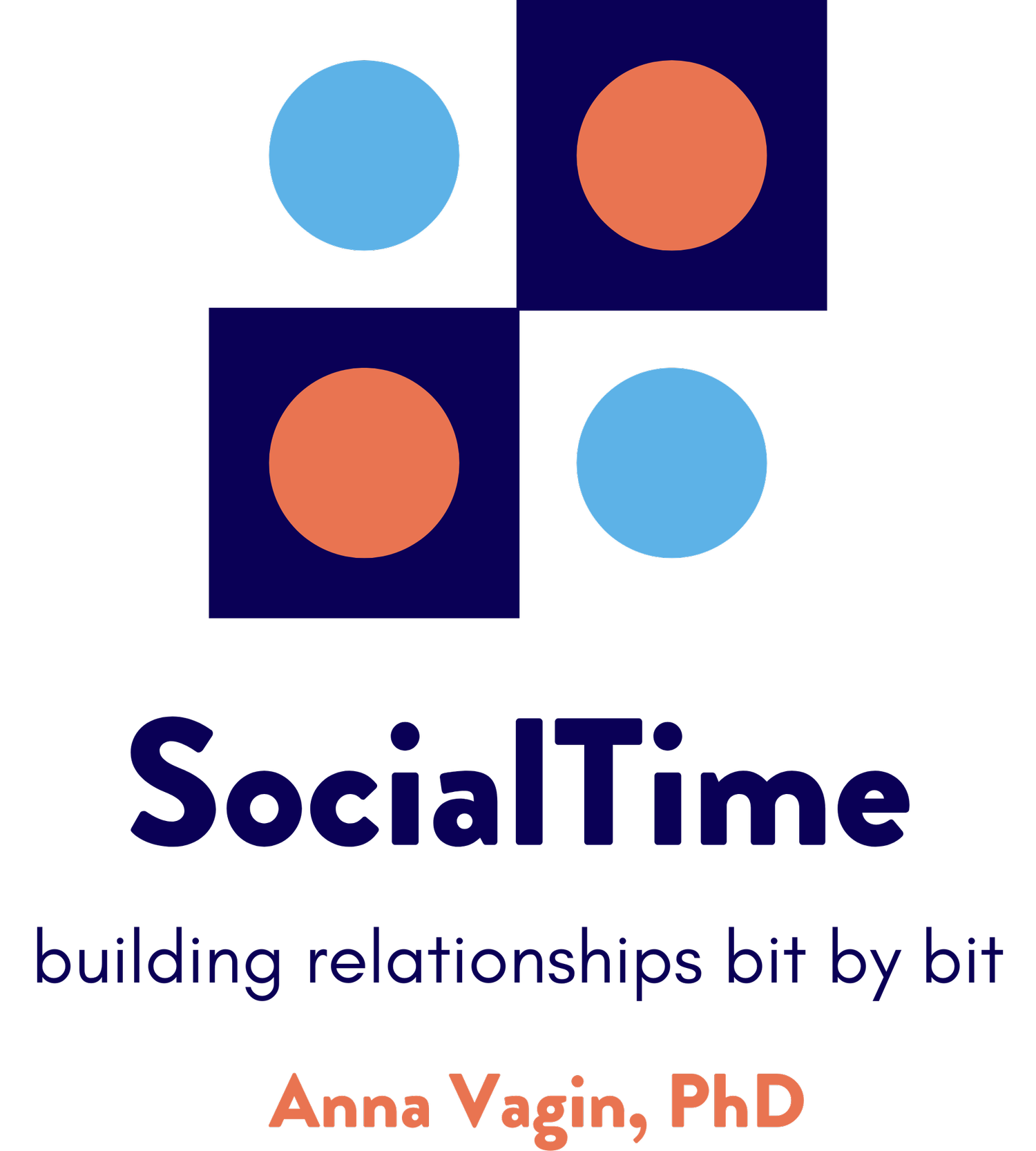Maximizing the relevance of our materials
You might remember this SocialScale from July. A SocialScale about heels? Sure, why not?
We all know that our students do best, learn more, and engage more deeply when they are participating in a session that interest them. When the materials we present are directly and clearly relevant. When what we “work on” and talk about makes sense to them. 🤝
As I worked on SocialScales this summer, I experimented with pretty much all the students I was seeing. What did they like? Lots! What did I need to change? Lots! How easy was it for me to individualize Scales? Really easily! Was there any concept that didn’t fit on a Scale? Hmmm – not many…
👉🏼 SocialScales has 40 pre-made Scales for a range of concepts – from flexibility to social engagement to motivation.
Even though they are pre-made, I always double-check to see if students want any changes in the various circles. We want to wordsmith so descriptions feel REAL to our students. That increases the buy-in and sense of ownership. Easy click-and-edit. This summer, I’ve found that my students are great wordsmithers! ✏️
What I also discovered, was that students had lots of situations come up that seemed to “call out” for a scale. So, I thought I’d share some of those individualized Scales with you, to give you an idea of just how useful such continuums are for our students.
👉🏼 Changing schools – tricky for most students, particularly challenging for students who struggle with change, remember unpleasant situations from the past, and feel high anxiety when thinking about a new school. This was one of the very first individualized Scales I made – subsequently I have re-designed it to have the circles, each a clearer point. I developed this Scale with an autistic 9th grader moving from home schooling back to “regular school”:
He was exceptionally clear where he felt he fell on the Scale – the unhappy red face. But, as we talked, he said a few things about what he knew about school that I turned into thought bubbles. He took over the mouse and dragged them over the point on the Scale where he thought they belonged, further toward the center. 💬 Thought bubbles that were about aspects of regular school that he liked. But not enough to move the red face. And I told him he didn’t have to move. 🙅🏼♀️ No one was going to MAKE him go to school that day (that’s the importance of giving our students time to get used to new ideas and experiences. But, I did suggest that MAYBE, some day, he would be ready to move just a bit. Perhaps not get all the way to the far right, maybe just shift a little. And, over the next weeks, as he realized he had self-agency (and a visible portrayal of options and thought bubbles HE had come up with) he started shifting bit by bit. He came in last week and told me he’d gone to a school visit, and made a friend. “And she might be in my home room. I can’t wait.”
With summer, sometimes there comes a tricky time at sleepaway camp. Perhaps the great friends you made last year, for some reason, aren’t including you in the cabin fun this year. In fact, maybe they are telling you, pretty directly, that they don’t want to hang out with you AT ALL. This happened to a fifth grader in my practice – time for a Zoom session! After hearing her unfortunate tale, we made a plan based on a Scale, marked where she felt she was in the moment, and set some goals. Let’s catch up with her the week after we first met to see how things are going: 👇🏼
She was happy to report that things had improved. 🥳 With the help of the camp counselor, with whom I shared the Scales, she had worked hard to reach out to new campers, and things were going pretty well. She was still sad about her friend loses, but she was optimistic that, with a plan, she could keep moving forward. In the end, she did come home a bit early, but returned having learned a lot about friendships, about herself, and about how it’s possible to make some changes bit by bit.
Every year, several students I see become new drivers! I take a deep breath, and ask them how it’s going. One student immediately went into quite a statement about bad drivers – others, not himself. The conversation moved to road rage, and I suggested we make a Scale. I decided to just turn my computer over to him, and he made this Scale much faster than I ever could have: 👇🏼
He totally understood the point of this continuum. 👏🏻 After we made it, he spent some time looking at it. And said, that, while he was at grey just last week, maybe blue was really a better way of handling it. Seeing the choices clarified for him what his options were, and moving from the left to the right side just made sense to him. He also realized that the point of the Scale was not to LIKE bad drivers. He could still be mad at them. But he could deal with them differently.✨The visibility of the Scale was crucial in his shift. He wasn’t just hearing words coming at him. He created his own choice map. When I checked in a month later, he confirmed that he’d stayed at the non-reactive side of the continuum. But he still thought they were jerks.
🤩 I am so excited about how SocialScales are coming together, and how much my students are finding them helpful, no matter where they are in their own journey of social learning. Hopefully, these examples have given you inspiration to explore some Scales with your students. Stay tuned, SocialScales are on their way in early November, 2024!





